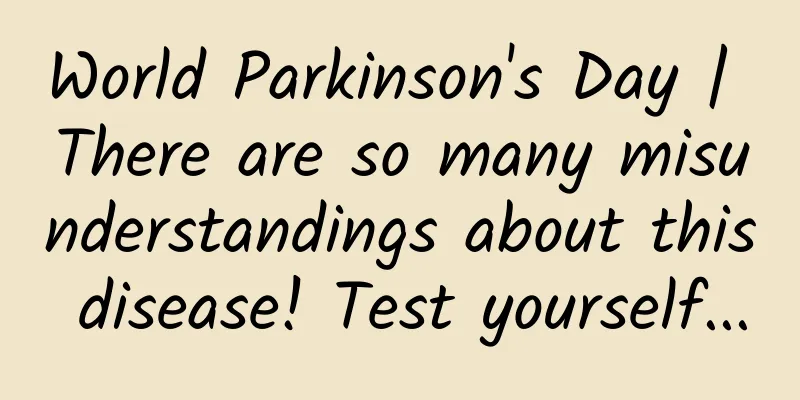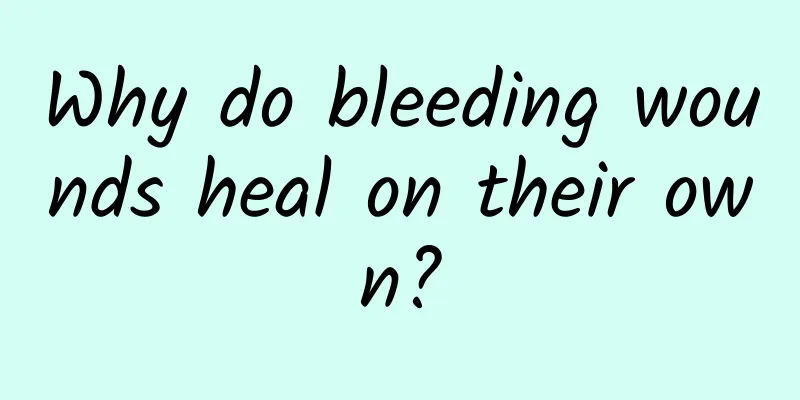Stinging an octogenarian! An aerial killer comparable to a "tiger", but is it really a "pest"?

|
Tuchong Creative Recently, two elderly people in their 80s in Nanyang, Henan Province were stung by human-headed bees in many places including their heads. Although they were sent to the hospital for emergency treatment, they both died in the end. Some friends can't help but ask: What kind of bee is this human-headed bee? What is the difference between it and a honey bee? Why is this bee so poisonous that it can sting people to death? Why would someone steal a beehive? What is the use of it? Is this bee a pest or a beneficial insect? What harm does it do to humans? How can it be prevented? First of all, the human-headed wasp is the common name for many types of large hornets. Since there are no photos of this kind of wasp in the news, it is indeed difficult to determine the type of bee that stung people. But based on the description in the news, the bee that caused the accident this time is most likely the most common, largest, most ferocious and most aggressive golden-ringed hornet in my country. The golden-ringed hornet has black and yellow alternating ring-shaped patterns on its abdomen, which look like tiger patterns. Its temperament is also as ferocious as a tiger, so it also has a common name called "tiger-headed hornet". The golden ring wasp is a typical eusocial insect, and most of the bees in the colony are females. They include the queen bee that lays eggs and reproduces, and the worker bees that are responsible for building nests, raising young, finding food, and defending the home. Drones only appear during the breeding season. During the breeding period, the male and female bees will leave the nest for mating, and after mating, the male will die. The adult golden ring wasp generally feeds on sweet things such as fruits, while the larvae are "carnivores". They are white and plump, but have sharp teeth. When they are hungry, the larvae will use their pupal teeth to scrape the walls of the hive to urge the worker bees to forage for food. Honey bees are one of the foods of the golden ring wasp. The relationship between the golden-ringed hornet and the honey bee is very complicated. They are in a "eater and eaten" relationship, and they are also distant relatives. In addition, unlike honey bees, which will die after stinging once, the golden ring hornet can sting repeatedly. The golden ring hornet's stinger can be as long as 6 mm and can easily penetrate human skin. The end of the stinger is also connected to a venom sac, and the venom mainly includes histamine, 5-hydroxytryptamine, acetylcholine, vesperid kinin, phospholipase A, phospholipase B, hyaluronidase and other substances. After being stung, the skin may be red, swollen and painful at the mildest, or hemolysis, hypercalcemia, renal failure and other symptoms may occur at the worst. If you are weak or allergic, you may even suffer from shock, organ failure or even death. Since the golden-ringed hornet is so lethal, it must be a pest. We can't just "sentence" the golden ring hornet so easily. Every animal in nature has its own ecological niche, and there is no such thing as beneficial or harmful. Pests or beneficial insects are completely divided from our human perspective. Of course, whether the golden ring wasp is a pest or a beneficial insect, it is not recommended that you provoke it. If you accidentally encounter it, how should you deal with it? After being stung, if there is any stinger remaining on the skin, you need to use tweezers or other tools to pull it out, clean the wound with clean water, or apply ice to relieve the pain. If you feel unwell, seek medical attention in time and follow the doctor's advice. When you find a beehive in your home, yard, or other area, do not poke or remove it rashly. Instead, use pesticides or burn it. If you are unable to remove it on your own, contact the fire department or other rescue units and ask professionals to come and handle it. This article is a work supported by the Science Popularization China Creation Cultivation Program Author: Li Weiyang Reviewer: Yin Haisheng, Senior Engineer, Researcher, Shanghai Insect Museum, Chinese Academy of Sciences Produced by: China Association for Science and Technology Department of Science Popularization Producer: China Science and Technology Press Co., Ltd., Beijing Zhongke Xinghe Culture Media Co., Ltd. |
>>: When courting a mate, I prefer to cover my face halfway. I am the "phoenix on earth".
Recommend
Can Samsung reverse its decline by borrowing Nokia’s model?
Recently, Samsung's channel strategy in the C...
The Ministry of Industry and Information Technology responded to the "sharp drop in Chinese mobile phone users": two reasons
The Joint Prevention and Control Mechanism of the...
QQ is testing a "friend expansion" feature similar to the message in a bottle, is it again getting involved in stranger social networking?
[[259529]] Recently, QQ launched a stranger socia...
Facebook's six news feed ad formats
When talking about information feed ads , we have...
The Secret of the Deep Sea Castle: Human, where do you come from?
Some mysteries may never be solved. By Amanda Hei...
WeChat responds to the "killed" process of upgrading to iOS 13.2: urgent repair is underway
Recently, a small number of netizens found that t...
8 steps to integrated marketing communications!
Marketing communication is the communication with...
Why is this photo worth 10 billion?
On July 11, 2022, the first color picture of the ...
Long article with useful information | This article teaches you how to write popular user cases!
User cases are common promotional materials, and ...
Why is there weightlessness in the space station? Does weightlessness mean “losing weight”?
The astronauts' space lectures let us see man...
There are only a few APP downloads per day, how to deal with it
If your app has been launched and follows the fol...
Is this the relationship between black holes and dark matter?
According to a study published in the latest issu...
It’s so thin that it’s transparent! Can such sun protection clothing still protect against the sun?
Reviewer: Yang Yuqiu Professor of Textile Materia...
The confidentiality mechanism established by Jobs has failed. The iPhone 8 leak has given domestic products an opportunity to copy it.
"Big things have big difficulties," sai...
The world's largest! The glass ball in the Greater Bay Area that explores the beginning of the universe is fully built!
Author: Li Chuanfu Shi Xiangqi On October 11, 202...









